By SHERWIN DE VERA
www.nordis.net
BAGUIO CITY — At eight years old, Eufemia Bog-as already knows how to swim the rapids. Her cousins taught her how to swim. Like her, they learned how to enjoy the Saltan River at a young age.
Growing up in the village of Dalyagan in Gawaan, Balbalan, Kalinga, her family and relatives regularly spent part of their summer picnics along Saltan River banks.
“It is part of our bonding every time our relatives visit,” she said in Ilokano.
Her memories include catching eels, palileng (a type of goby), and crabs for lunch during their outings. The river’s abundance also provides clams, shrimps, and other shellfish.
“My cousins also thought me how to use a fishing rod and I was able to get small fishes using this,” she said.
Bog-as, now 29, said the river of her childhood remains integral to her life and the community – providing food and other daily needs.
“People would take logs and pinewoods along the river after storms for firewood. Even now, families and members of our village still gather along its banks to bond and celebrate during special occasions,” she added.
However, Bogas worries that younger generations in her village will not experience these things as the construction of three dams loom over the river.

RIVER OF LIFE. Brooks and streams from the Balbalan-Balbalasang National Park feed Saltan River, one of the key tributaries of the Chico River. (Eufemia Bogas)
Damning the river
The Department of Energy awarded five dam projects along the Saltan River and its tributaries in Northern Kalinga, traversing the municipalities of Balbalan and Pinukpuk.
Three of these were given to JBD Water Power Inc. (JWPI) – the 49-megawatt Saltan D Hydroelectric Power Project (HEPP), 45MW Saltan E HEPP, and the 40MW Mabaca HEPP along the Cal-oan River. All are in the pre-development stage.
In a letter signed by Director Mylene Capongcol of the Renewable Energy Management Bureau, the DOE endorsed Saltan D and Saltan E to the local government of Balbalan in Feb. 2020 and Mar. 2021.
“We hope that this formal endorsement by the Department would help JBDMCS in securing its application for the LGU resolution of support and other necessary permits to expedite the conduct of studies, development works and ground activities to implement the subject matter,” the letters said.
Based on diagrams and tables provided by the company to the local governments, Saltan D and Saltan E would feature 40-50 meters dams, considered large dams based on the International Commission on Large Dams.
The proposed projects will impact the ancestral domains of six tribes in Kalinga. The Mabaca HEPP is within the territories of the Buaya and Mabaca tribes.
Meanwhile, affected lands for Saltan D are within the domains of the Dao-angan, Salogsog, and Poswoy tribes. The identified dam site is in Gawaan, within the Salogsog territory. The powerhouse will be located on Poswoy lands.
For Saltan E, the company plans to construct the dam in the triboundary of Dao-angan, Limos, and Poswoy, with its powerhouse in barangays Apatan and Allaguia of the Poswoy.
According to the company’s website, the three structures “will have a total output of more or less 150MW installed capacity with a total output of more or less 350MW.”
JWPI said their renewable energy projects intend to “foster community relations, inclusiveness and connection” and “building a sustainable economic growth for the community.”
Procedural concerns
On September 27, members of the Limos tribe were supposed to hold a community assembly and decide on whether to give their consent or reject the construction of the Saltan E that would affect their ancestral domain.
The barangays of Alaguia, Apatan, Asibanglan, Baay, Bayao, Limos Proper, Pakawit, and Taga compose the Limos tribe.
However, on the morning of the same day, the National Commission on Indigenous Peoples (NCIP) Kalinga office informed them that the activity would not push through.
“It was a short notice, just hours before the scheduled assembly. There was also no sufficient explanation for the postponement of the CCA (community consultative assembly) to reach a consensus on the project,” said Limos tribe member Eddie Baggay in Ilocano during an October 6 interview.
CCA is part of the free prior and informed consent (FPIC) process, a mandatory step under the Indigenous Peoples Rights Act (RA 8371). The process was supposed to ensure indigenous peoples’ right to self-determination by providing them with a sufficient understanding of the project’s impacts on their domain and decide based on these merits. The law mandates the NCIP to ensure and facilitate the process.
Baggay believes the postponement was a means to subvert the opposition against the project. According to him, this perception among the people opposing the dam was strengthened when they learned that NCIP personnel conducted a community meeting in Apatan on October 1 “to discuss the benefits of allowing the project to proceed.”
“They are trying to buy time after the series of rejections for the project by the communities and even the local officials of Pinukpuk,” he added.

THREATENED LIVELIHOOD. A farmer from Gawaan prepares the land for planting rice along the banks of the Saltan River. (Eufemia Bogas)
Series of rejections
Community assemblies for the decision-making of the affected tribes started on September 19, resulting in an overwhelming rejection by the Sologsog tribe of the Saltan D. Poblacion (Salegseg), Balantoy, and Gawaan in Balbalan comprised the villages of the tribe.
Poswoy tribe, which includes barangays Poswoy and Ababa-an in the same town, also rejected the project on September 21.
Community leaders of the tribe stated in their Resolution of Non-Consent that the project would adversely affect farms and residential areas and force the owners to abandon their properties.
Only the Dao-angan tribe gave their consent for the project.
On September 28, Poswoy again rejected Saltan E citing the same reasons.
In February, the town of Pinukpuk passed a resolution opposing the construction of dams along the Saltan River. The municipal council said the project would “certainly cause physical or material harm to the inhabitants.”
“The potential destruction of such project will surely result in widespread human, material, economic and environmental loss… This opposition is meant to protect the lives of the individuals and the community from potential hazards, and to prevent possible disaster and tragedy,” the resolution stated.
More than 200 community leaders from the Balbalan and Pinupuk also signed a declaration opposing the dam last August. The gathering also birthed Sumkad, a broad alliance of environmental defenders. The term means to rise and resist in Kalinga. # nordis.net



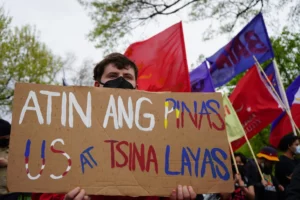
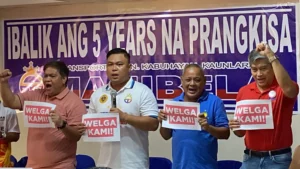
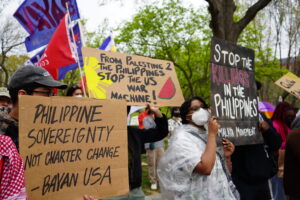

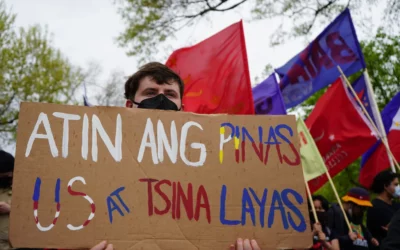
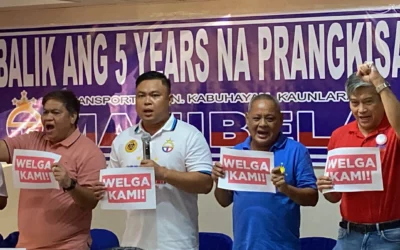
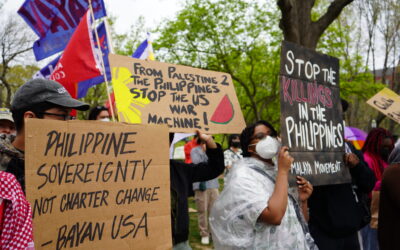
0 Comments